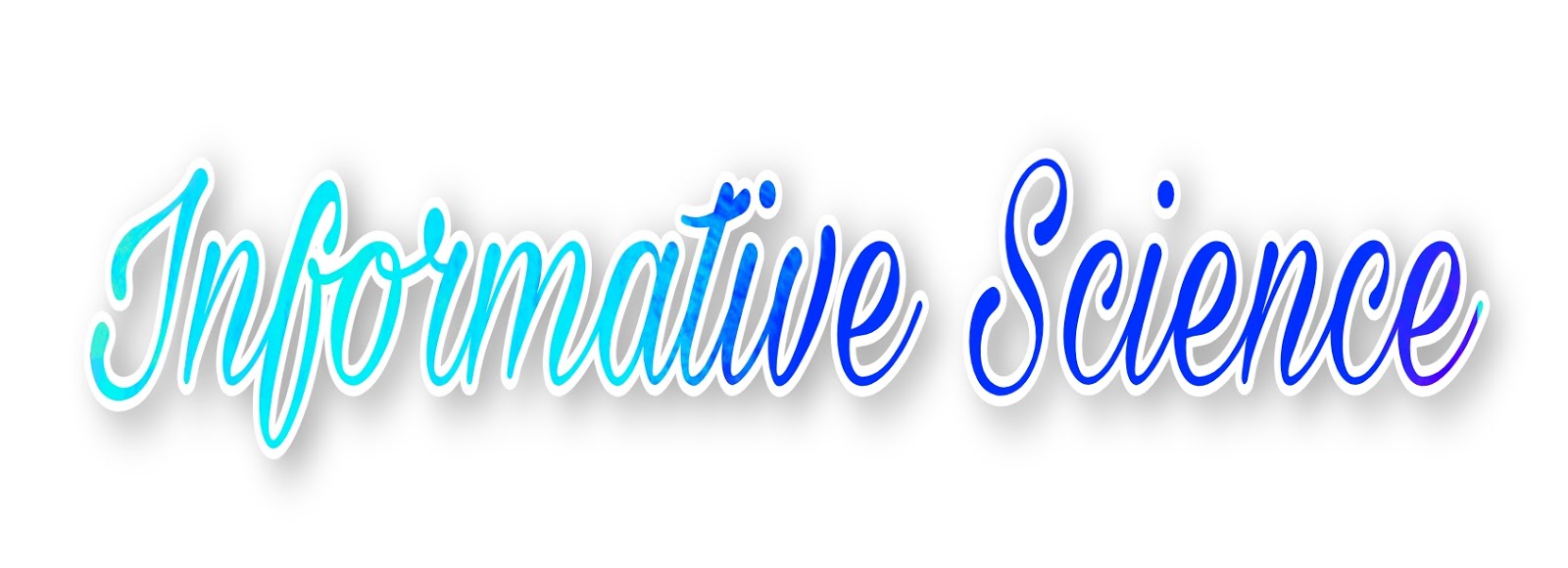A printed circuit board is the backbone
of all the modern-day electronic devices
let's explore what a PCB is and how
these tiny circuits are manufactured
let's go
Early electronic components were
manufactured and connected
manuallyusing wires in a point-to-point
construction
this manual construction led to errors
and difficulty in scaling up the
production
moreover, because these circuits were
extremely complex
repairing one that had been damaged was
an unreliable tedious task
in 1936 paul Eisler a genius engineer
who worked for a newspaper company
recognized the hurdles
invented the concept of printing
conducting copper circuits
on a non-conductive board as shown here
then connecting components over the
traces this is the very first PCB
manufactured
however a modern-day PCB looks like this
much more sophisticated tiny and complex
a modern-day PCB manufacturing starts
from a simple
copper flat sheet let's see how this
sheet evolves into a sophisticated
an electronic device in a detailed logical
manner
to start this layer of copper foil
is laminated on a flat sheet of
the insulating glass fiber material
the glass fiber gives mechanical support
to the PCB
this glass fiber will remain with the
PCB till the end of the manufacturing
process
this arrangement along with a protective
aluminum sheet
is first sent to the drilling
here some holes called registration
holes are drilled
these holes serve as reference points
for further alignment processes
meanwhile, an engineer properly designs
the circuit using computer-aided
simulations
here is some PCB design software which
generates design
files called Gerber files
Gerber files contain detailed 3d models
of the PCB
Using these design files the drillingmachine drills different holes
these holes are used to attach the
components into the board later on
after drilling the boards are cleaned
properly so that no drilling residue is
left behind
now the most important step production
of these tiny and complex copper traces
the best way to achieve this is by a
chemical process called
etching where you have to cover the
copper plate with a resistive
mask this resistive mask will have the
the same pattern of the circuit you want
now if you dip this arrangement into an
alkaline solution at 60 to 120
degrees celsius the area of copper
uncovered by the resistive mask
dissolves or is etched away after this
process is complete
the protective mask is washed off as
well thus we are left with only required
traces of copper
the circuit prince on the resistive mask
used in this process
is made with the help of a
Gerber file a UV light
the based technique is used for sticking the
mask to the copper plate where it is needed to achieve bulk
manufacturing multiple masks are made in
a single sheet
as you can see the copper traces are
very thin
hardly visible to the naked eye to check
the quality of the copper traces
the boards go for an inspection an
operator with an optical inspection
machine
checks the quality of printed boards by
taking pictures of them
and comparing them with the design files
the machine checks for broken or
short-circuited traces
and the PCBs with damaged
short-circuited traces are rejected
if everything is good then boards are
moved to the next step
have you ever wondered why a PCB is
always green
this is to protect the board from
oxidation and exposure to dust
a layer of solder mask resin protective
the coating is applied over the board
this layer gives the board its green hue
which has simply been universally
adopted
the copper traces go hidden beneath the
green layer after this operation
this new green resin added is insulating
in nature
you can see clearly that the resin will
block the connection between copper
trace on the edges of the holes and
components
to avoid this issue we have to remove
the solder mask from the edges
the solder mask we added will adhere to
the copper plate
only if it undergoes a UV process so the
trick is simple
just cover the edge area of the holes
with a chemically resistant mask
and go for the UV process after this
when you do the chemical dipping
the green mask of the edge areas will be
removed
as a final step, a silkscreen is printed
which is nothing but a layer of visible
ink trace
used to identify the PCB components
markings
logos symbols and so on we are done
we have manufactured a PCB starting from
a simple copper plate
your PCB is ready to dispatch
the industries the components are then
placed and soldered
using liquid tin
this process affixes the components to
the copper pads on board
The next final flying probe testing is done
to check the connectivity between
all the components traces and pads
the current PCB technology we explored
was the type
even though this technology is good for
educational purposes
that is almost obsolete the latest PCB
technology.
Thank you








0 Comments